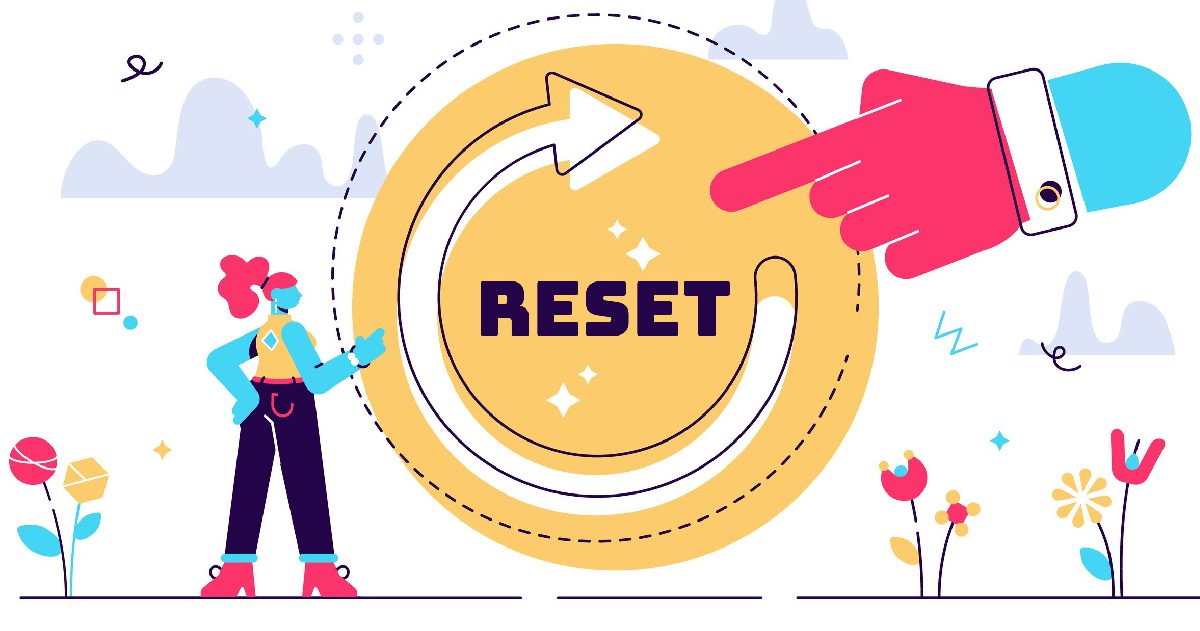By Tina Zwolinski, Co-Founder and CEO, skillsgapp //
Long before the pandemic, there was a need to ‘reset’ the systems we have in place for preparing our future workforce with the critical skills needed to meet industry demand, specifically within advanced manufacturing. COVID recovery certainly sped up this conversation, and funding, but an actionable focus is still needed if we’re going to fill the ever-growing skills gap America currently faces.
Thinking earlier in the workforce pipeline should be priority one for all of us, including the policymakers who represent us. Focusing on in- and out-of-school development opportunities is imperative, but this can’t be left on the shoulders of educators alone. Silos need to be leveled in order to allow collaboratives to thrive in rethinking current workforce development initiatives. And those initiatives need to be a lot more innovative than the traditional websites, videos and career fairs.
A Call for Collaboration
The innovation and collaboration I’m calling for, one that can have the greatest impact, will ultimately be forged between education, industry, and government.
The U.S. Department of Education’s Secretary Cardona recently shared a vision on improving our education system by promoting newly accessible pathways through higher education, inevitably leading, it was argued, to successful careers. This involves reimagining the connection between K-12, higher education, and the workforce by in part collaborating to a greater degree with the Department of Labor and Department of Commerce, to invest in career preparation programs that meet the needs of today’s economy.
This is exactly the kind of collaboration, from the federal to state level, that needs to be replicated – one working in harmony for a successful reset. While much of the funding from the America Rescue Plan appears to be focused on post-secondary education, which is needed, there is also a great need for workforce development-oriented programming in elementary, middle, and high schools; this is mission-critical if we are going to get a chance to impact post-secondary success.
Leveraging Technology
In late 2020, a survey of Gen Z (ages 19-24) was conducted by Ernst & Young, in collaboration with JA Worldwide, where students were asked “how the education system could be improved” – 59% of Gen Z respondents suggested that there should be more focus placed on real-life work; 57% said there should be more focus on professional mentorship. This actionable intelligence reveals a generational demographic that values true-to-life work experiences as a means for them to embrace the changing working world. With technology, they are already able to navigate a lot on their own. And with the right, innovative tools, they could even advocate for their own futures if they are connected to pathways into these careers.
The up-and-coming workforce craves career awareness and ultimately, guided access to pathways and industry. Technology is the answer. Funding is needed to support broader CTE programming, in-class career learning driven by industry, and funding supported by the government. There also needs to be an open-minded approach to trying new approaches with novel technology, both in and out of the classroom, as this is a digital generation that learns best via immersive experiences and by doing things with their hands.
Earlier this year, during a Congress-led Innovation, Entrepreneurship and Workforce Development Subcommittee hearing, Eric Fanning, President and CEO of the Aerospace Industries Association (AIA), stated that there are several ways in which Congress could address America’s workforce challenges – One way is investing more in STEM education. Fanning then asked Congress to “think differently” about “…establishing a program where activities conducted by contractors to support STEM education be considered as allowable community service activities, for the purposes of determining the allowability of cost on a government contract.”
Fanning agrees that reaching students and families earlier on regarding career exploration and pathway access, even in elementary school, could make a tremendous impact.
Let’s face it – our youth are on their phones for up to 7 hours a day – providing engaging and yes, educational tools that they can use in and out of school on those phones would be a big step in the right direction in setting up, from the classroom to the household, modules spotlighting career pathways.
Dedicated focus on the under-served
After-school programming provides a key actionable area of focus with an opportunity to engage the under-served, particularly in career awareness and pathway access. There is currently a bill in Congress, the Youth Workforce Readiness Act of 2021, that, if passed, could provide much-needed momentum for the reset I’m calling for, from Washington and across the country. Approval of this bill will impact the most needed, the underserved, which would then have a dynamic and correlative impact on filling our skills gap.
2022-era Public-private-partnerships (PPP) between the federal government, industry and State by State academia will move the needle for our next generation. The most cost-effective and efficient means to broker positive disruption in our workforce’s development is no question, through technological innovation.
As students move up the pipeline, closer to entering a workforce already afflicted by ‘Great Resignation’, one that now direly needs them, access to apprenticeships and career pathways rectifies our broken workforce supply chain, forming a singular bridge to connect students into our economy and in doing so, boosting our economy, with vigor.
Let’s think differently about the age that we start career awareness, alongside the tools and technology we embrace – in and out of school – and allow for the funding of innovative initiatives that can close the skills gap and connect youth, especially the underserved, to their own life-changing careers.
But more importantly, let’s together ‘hit reset’, by moving on some of these conversations that are before Congress right now, so that workforce and skills gaps can shift from a state of challenge to solution.
Any additional solutions or ideas for an effective “reset” of America’s workforce plan?
